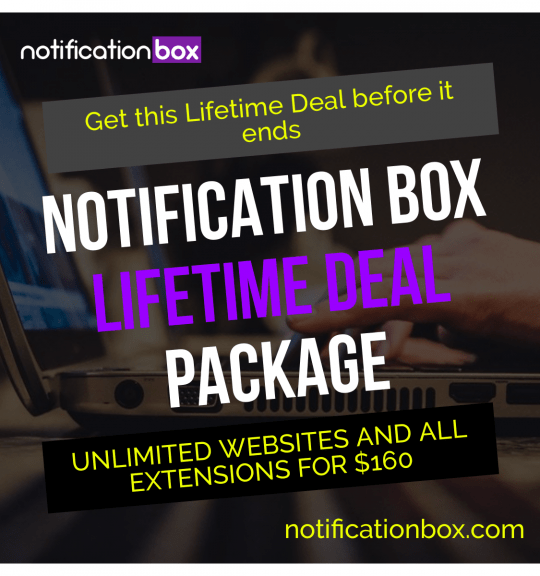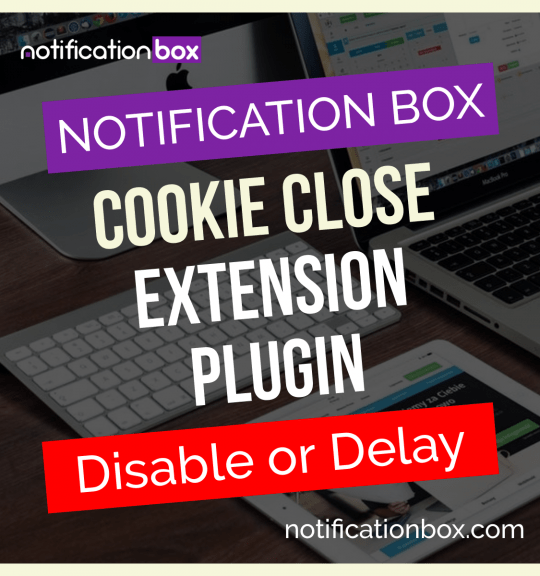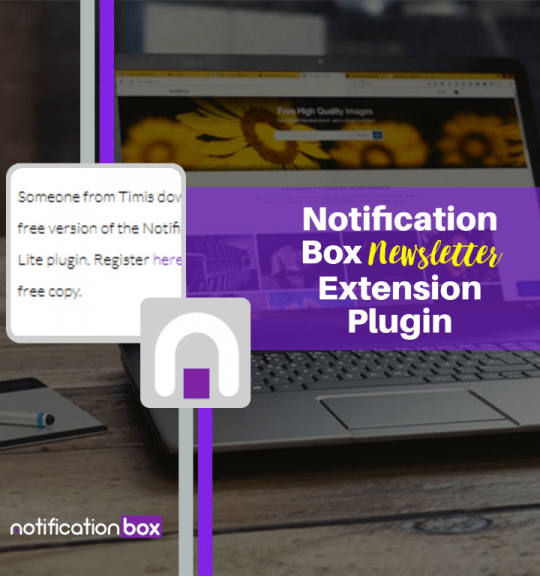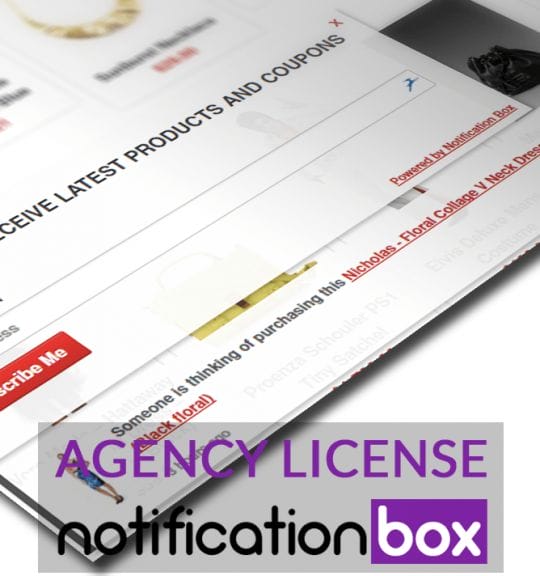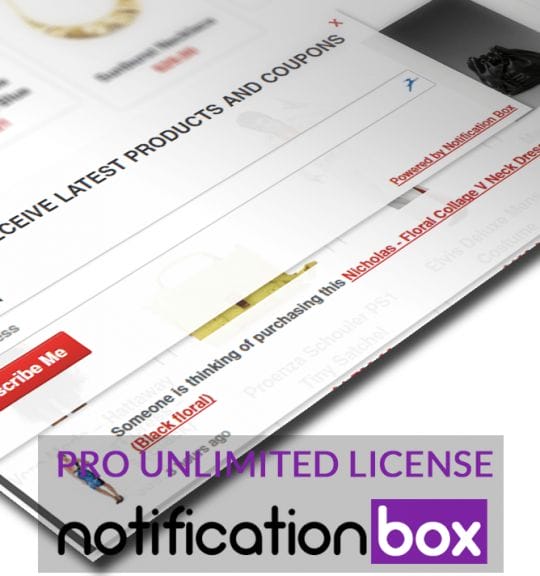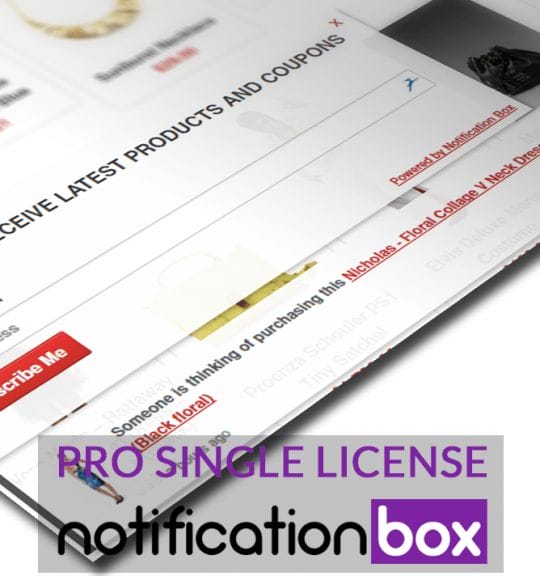Blog
Optimizing WordPress Notification Box Settings
Mastering WordPress Notification Boxes: A Complete Guide As I learn more about WordPress, I’ve found that the notification box is one of the best tools for keeping visitors interested. These tiny, frequently inconspicuous components can effectively communicate critical alerts, messages, or calls to action without detracting from the user experience. Basically, a notification box acts as a conduit for information between my website and its users, enabling me to quickly share important information, promotions, or updates.
Key Takeaways
- WordPress notification boxes are important for communicating with users and can be customized to fit the website’s design and branding.
- Customizing notification box settings allows for control over the appearance, behavior, and placement of the notification boxes on the website.
- Choosing the right notification box plugin is crucial for ensuring compatibility, functionality, and ease of use for the website.
- Managing notification box placement involves strategically positioning the boxes to maximize visibility and engagement.
- Optimizing notification box design involves creating visually appealing and attention-grabbing boxes that effectively convey the intended message to users.
Notification boxes’ versatility is what makes them so lovely. They can serve a number of functions, including promoting exclusive deals, announcing new blog entries, and even offering crucial site updates. By carefully positioning these boxes on my website, I can draw visitors in and direct them to the actions I want them to take. The first step to properly utilizing these boxes is to comprehend how they work & how they might affect user engagement.
After I understand the basic function of notification boxes, I can adjust their settings to better suit the objectives of my website. The majority of WordPress themes and plugins provide a number of settings that let me customize how these boxes look and function. I can determine when and where the box appears, change the display duration, and even set visibility conditions based on user behavior, for example. Functionality is just as important as aesthetics when it comes to customization. I can determine whether the notification box should be persistent or dismissible based on the importance of the information.
By adjusting these parameters, I make sure that my notification boxes will not only look good but also accomplish their goal. This degree of personalization gives me the ability to design a smooth user experience that appeals to my target market. The WordPress ecosystem offers a vast array of plugins, making it difficult to choose the best notification box plugin.
| Notification Box Setting | Metric |
|---|---|
| Notification Type | Number of notifications |
| Frequency | Time interval between notifications |
| Display Position | Engagement rate |
| Customization Options | Click-through rate |
I have discovered, though, that this process can be made simpler by concentrating on particular aspects. Plugins with robust functionality, ease of use, and design flexibility are my top priorities. I should be able to make aesthetically pleasing notification boxes with a good plugin without needing to know a lot of code.
Compatibility with other plugins and my current theme is another factor I take into account. The seamless operation of my notification boxes without any conflicts or performance problems is guaranteed by a well-integrated plugin. Important phases in my selection process also include reading user reviews & keeping an eye out for updates. By picking a trustworthy plugin, I lay the groundwork for using notification boxes to effectively communicate with my audience. To get the most out of my notification boxes, placement is essential. After all, if a box is not placed strategically on the page, even the most exquisitely designed one will be overlooked.
I’ve discovered that higher visibility and engagement rates are typically achieved by positioning notification boxes at the top of the page or immediately above the fold. When visitors first arrive at my website, they are immediately drawn to this premium real estate. When deciding on placement, though, I also take user experience into account. For instance, a sidebar notification might be better suited for ongoing promotions, even though a top banner might work well for announcements. By experimenting with various locations, I can discover the ideal balance between usability and visibility.
I can greatly increase my notification boxes’ impact on visitor engagement by controlling their appearance & placement. An important factor in my notification boxes’ efficacy is their design. A well-designed box communicates professionalism and dependability in addition to drawing attention. I make sure the text is clear and readable while concentrating on using contrasting colors that complement the branding of my website. Also, using icons or pictures can improve visual appeal and facilitate more efficient message delivery. Also, I consider the principles of responsive design.
Making sure my notification boxes display well on all screen sizes is crucial because a lot of people visit websites on mobile devices. This entails testing their appearance on tablets and smartphones and making the required modifications to preserve their usability and aesthetic appeal across platforms. My visitors have a more engaging experience when I optimize design elements. In terms of notification boxes as well, content is paramount.
My chosen message needs to be succinct but powerful enough to compel my visitors to take action. I’ve discovered that engagement rates can be considerably raised by employing strong calls to action & clear language. The content must speak to users’ needs and interests, whether that means urging them to sign up for a newsletter or pointing them to a special deal.
In addition, I think about when I send messages. For example, using phrases like “Act Now!” or “Limited Time Only!” to create urgency when promoting a limited-time offer can encourage users to act right away. Enhancing relevance and effectiveness can also be achieved by customizing content according to user behavior, for example, by showing different messages to new and returning visitors. I can encourage significant interactions with my audience by carefully constructing the content of my notification boxes.
Through a notification box, I can entice visitors to sign up for my newsletter, which will help me develop a useful email list that will eventually enable me to interact with my audience. This integration creates a feeling of community around my brand in addition to aiding in lead generation. I make sure the subscription procedure is simple and easy to use in order to facilitate this integration. Sign-ups through my notification box can be further encouraged by offering an alluring incentive, like a free eBook or special discounts. Also, by integrating the notification box plugin with my email marketing platform, my subscriber list can be updated automatically, which expedites the process and guarantees that I can quickly contact new subscribers.
Monitoring the performance of my notification boxes is crucial to fully comprehending their efficacy. I can track important metrics like click-through rates, conversion rates, & user engagement levels thanks to the analytics features that the majority of plugins offer. This data analysis gives me important insights into what works and what doesn’t. For every notification box campaign, I usually set clear objectives, like boosting newsletter sign-ups or directing traffic to a specific page, & then use these metrics to gauge its success. If some boxes don’t work as expected, I can make well-informed changes based on data-driven insights rather than conjecture.
By using an analytical approach, I can continuously improve my strategies & future campaigns for greater outcomes. One of the most useful tools I have for improving notification boxes is A/B testing.
Using this approach enables me to make decisions supported by data rather than just my gut.
To obtain enough information before making judgments, I usually conduct A/B testing over a predetermined amount of time. These tests give me valuable information that I can use to improve not only the content but also design components like color palettes & placement techniques. By using A/B testing in my optimization process, I make sure that my notification boxes are always changing to accommodate my audience’s preferences. Occasionally, problems with notification boxes may occur even with meticulous preparation and implementation.
Issues with responsiveness across devices, conflicts with other plugins, and display errors are common problems. When these difficulties arise, I take a methodical approach to troubleshooting. I start by seeing if my current theme is compatible with any plugin updates. Many display issues can often be fixed by simply updating plugins.
I look to the plugin developers’ documentation or support forums for advice if problems continue. Also, identifying particular settings that are causing conflicts can be aided by testing various configurations. I can keep my site’s user experience seamless by taking the initiative to troubleshoot. Following best practices is essential if I want to get the most out of my notification boxes. Above all, I make sure that every box has a distinct function, such as alerting users to new content or motivating them to take action. Message clarity improves user engagement and helps avoid misunderstandings.
Limiting the quantity of notification boxes that are active at any one time is another recommended practice. An excessive number of notifications can overwhelm users & discourage interaction. Rather, I concentrate on ranking the most important messages and switching them up according to timing and relevancy. Finally, I keep user experience in mind by making sure that notification boxes are simple to close if a user doesn’t need them right now.
While still enabling me to successfully convey crucial information, this consideration promotes a positive user experience on my website. To sum up, mastering WordPress notification boxes entails knowing why you need them, adjusting settings, selecting the best plugins, properly managing placement, optimizing design and content, integrating with email marketing initiatives, monitoring performance with analytics, doing A/B testing for ongoing development, proactively resolving problems, and following best practices for user engagement. By carefully putting these tactics into practice, I can produce powerful communication tools that improve user experience and encourage deep engagement on my website.
If you are looking to enhance the notification box settings on your WordPress website, you may want to check out the latest version 1.6 released by Notification Box. This update offers new features and improvements to make your notifications more effective and engaging. You can learn more about this update and how to purchase the Notification Box plugin by visiting this link.
FAQs
What are WordPress notification box settings?
WordPress notification box settings are options that allow users to customize the appearance and behavior of notification boxes on their WordPress website. These settings can control the display of notifications for various events such as new comments, updates, and user interactions.
Where can I find the notification box settings in WordPress?
The notification box settings can typically be found within the WordPress dashboard under the “Settings” menu. Users can navigate to the “Notifications” or “Notifications Settings” section to access and modify these settings.
What options are available in the notification box settings?
The notification box settings in WordPress may include options to enable or disable specific types of notifications, customize the appearance of the notification box, set the frequency of notifications, and specify the recipients of notifications.
How can I customize the appearance of the notification box?
Users can often customize the appearance of the notification box by selecting a color scheme, choosing the position of the box on the website, adding custom CSS styles, and uploading custom icons or images to be displayed in the notifications.
Can I set the frequency of notifications in WordPress?
Yes, some notification box settings in WordPress allow users to set the frequency of notifications for specific events. This can include options to receive immediate notifications, daily summaries, or weekly digests for certain types of notifications.
Are there plugins available to enhance notification box settings in WordPress?
Yes, there are various plugins available in the WordPress plugin repository that offer additional features and customization options for notification box settings. These plugins can provide advanced notification management, integration with third-party services, and more extensive design options for the notification boxes.
BUY NOW
-
Sale!

Agency License – Notification Box – WordPress Plugin
Original price was: $230.00.$150.00Current price is: $150.00. Add to cart -
Sale!

Unlimited License – Notification Box Pro – WordPress Plugin
Original price was: $79.00.$60.00Current price is: $60.00. Add to cart -

Single License – Notification Box Pro – WordPress Plugin
$39.00 Add to cart


